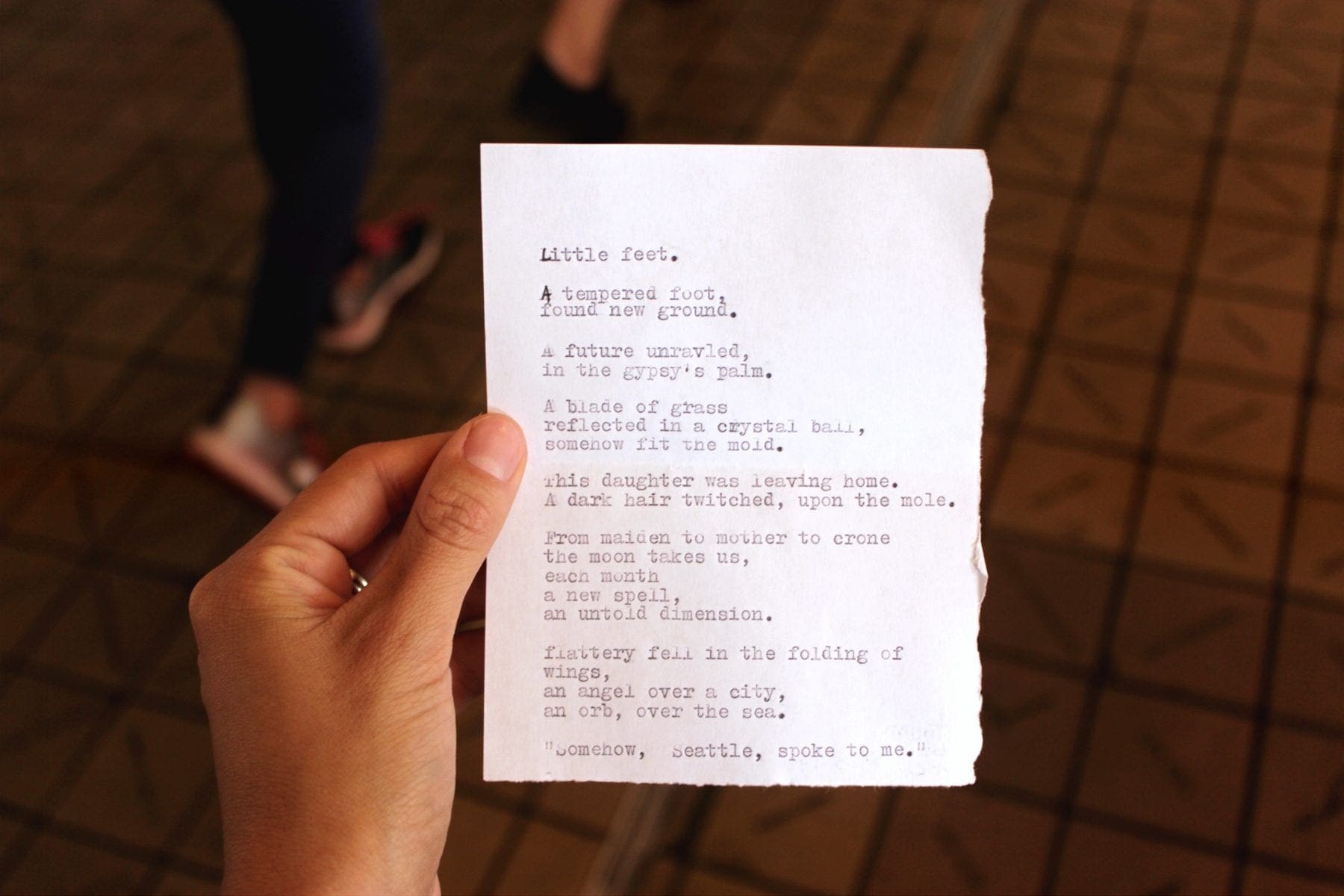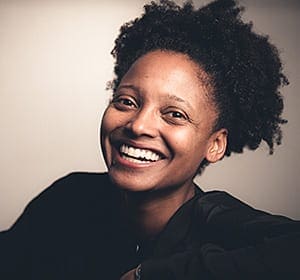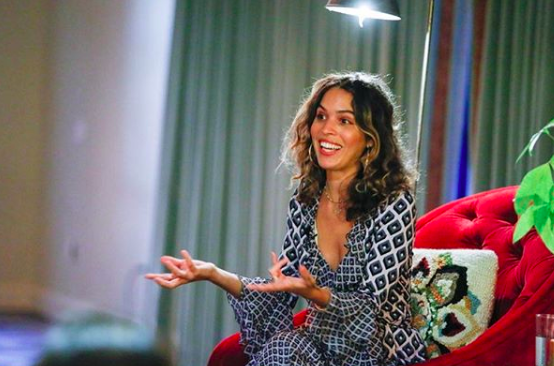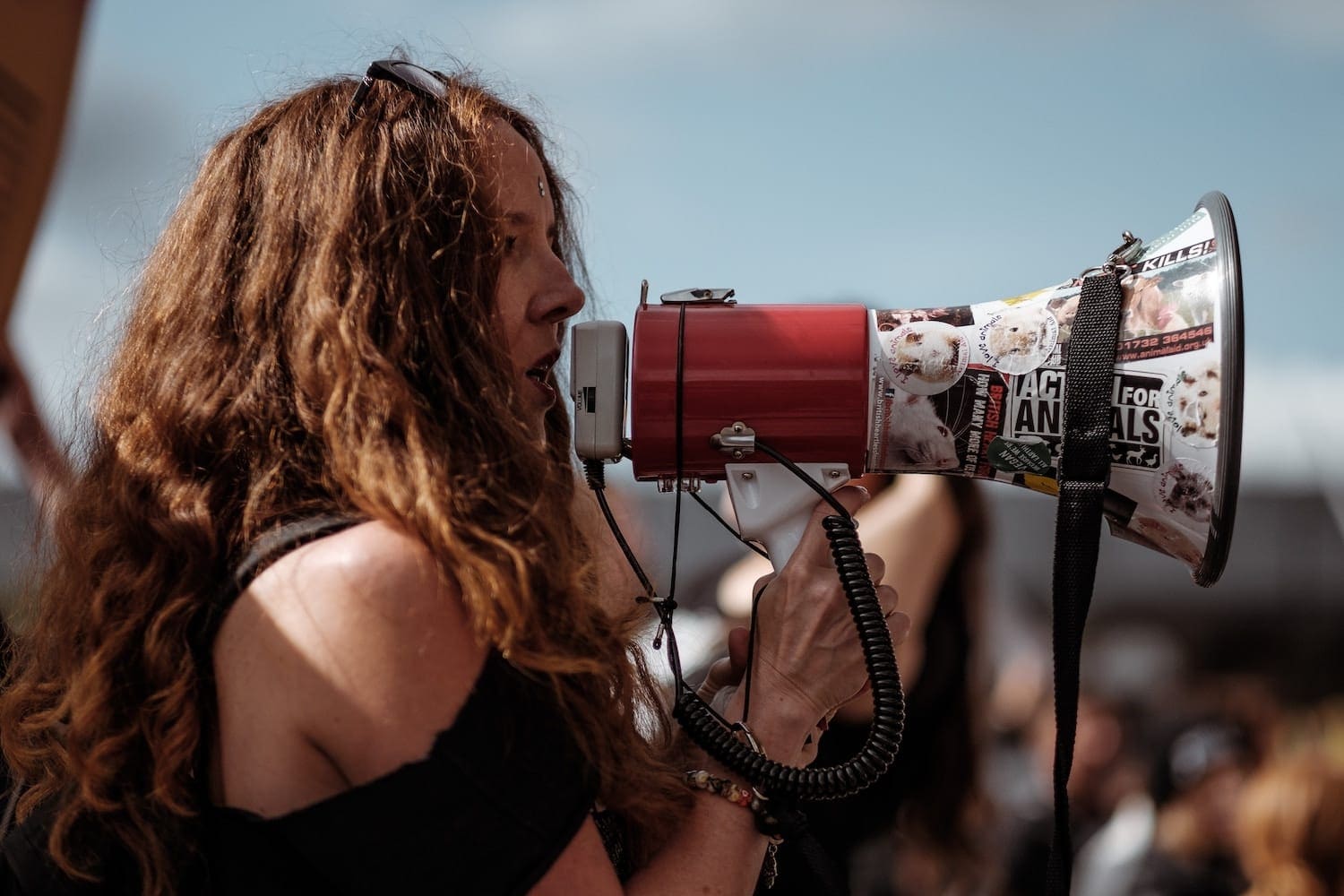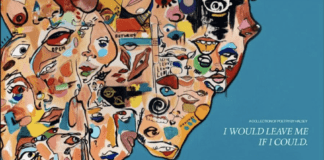These Gen-Z ladies are worth every bit of hype and love we’re sending their way, and we’ll tell you why.
Soccer and band practice aren’t the reason these Gen-Zer’s have packed schedules. These rising stars are booked with interviews, shoots, recording sessions, appearances, and red carpets. Oh, and don’t forget, building empires.
While they may be hooked on Instagram like the rest of Gen-Z, they understand and utilize it as a business tool. Did we mention the majority of the list have follower counts in the millions? Very impressive. We love Refinery29’s list of the spunky rising stars of 2019, Gen-Z edition.
We did some social snooping on these cooler-than-us
Lennon Stella – Age 19
Lennon and her sister Maisy went viral for their cover of “Call Your Girlfriend” overnight. She often posts her favorite quotes and poems to her stories on Instagram. This brunette beauty gives us major personal style inspiration. Stella released her debut EP, Love, Me November of last year. With already sold out shows, her Love, Me tour kicks off this March. We can’t wait to see all she accomplishes.
Sophia Lillis – 16
A New York native, Sophia Lillis is most known for her breakout role in the film It and HBO’s Sharp Objects series. Lillis shares her love for her work, photographs of friends, and quirky captions with her 1.4 million followers on Instagram.
Ariela Barer – 20
Ariela Barer is most noted for her role of Gert in Hulu’s Original series Marvel’s Runaways. Following Barer on Twitter and Instagram is a treat. She is extremely active, speaks on current events, and is unapologetically herself. We love how Barer lets down her walls in a way where we can connect with her on a personal level.
Another thing we love about Barer is her civic engagement. This generation believes in standing up for what they know is right. Whether or not they’re yet old enough to cast ballots, it’s apparent that they’re educating themselves in global political issues spanning everything from climate change to civil rights to foreign policy.
To keep up with our favorites from the list, follow them on Instagram (@lennonstella), (@sophialillis), and (@arielabarer).
Don’t missthe entire rockstar list of 2019’s Rising Stars Under 21 from R29.


